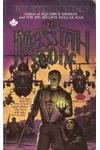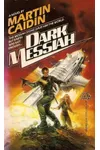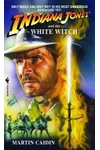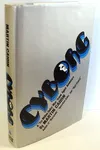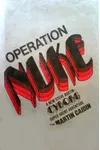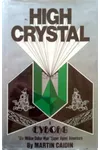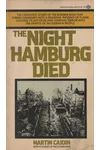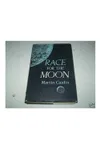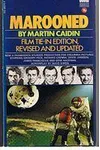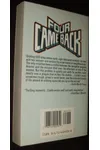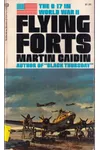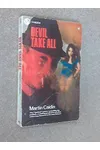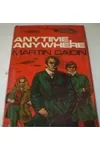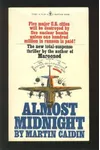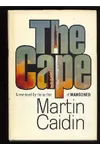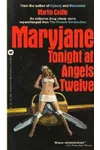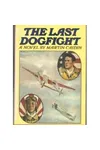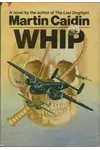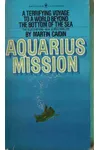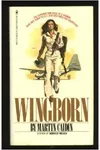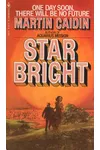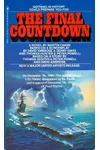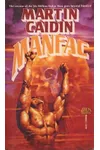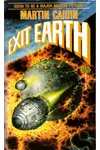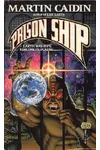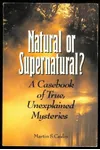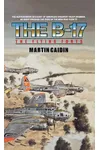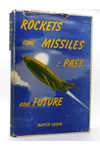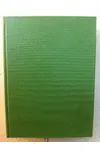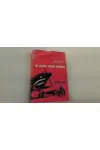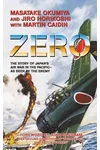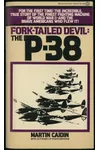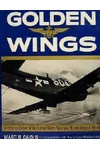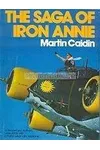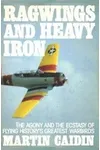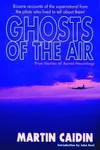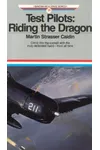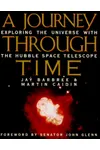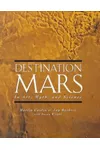Picture a storyteller who blended the thrill of aviation with the wonder of science fiction, crafting tales that soared from the cockpit to the stars—meet Martin Caidin! Born in 1927, this American author penned over 80 books, weaving technical precision with gripping narratives. His novel Cyborg sparked the iconic TV series The Six Million Dollar Man, while his prescient storytelling in Marooned earned comparisons to Michael Crichton. A pilot and aerospace enthusiast, Caidin’s life was as adventurous as his stories.
From restoring vintage warplanes to challenging far-right figures on his TV talk show, Caidin lived boldly. His work captured the pulse of the space race and the grit of military aviation, making him a unique voice in 20th-century literature. Ready to dive into his world?
The Making of Martin Caidin
Born on September 14, 1927, in New York City, Martin Caidin’s early life was marked by resilience. Orphaned young and raised in an orphanage, he ran away at 15, surviving on New York’s streets while writing for magazines. Self-educated, he developed a passion for aviation, becoming a pilot and stunt flyer. By the 1950s, he was working with Wernher von Braun’s team at Cape Canaveral, fueling his fascination with space and technology. His first fiction work, The Long Night (1956), a post-holocaust tale, marked his entry into science fiction, blending his technical expertise with storytelling flair.
Martin Caidin’s Unforgettable Stories
Caidin’s novels pulse with high-stakes drama and meticulous detail, reflecting his dual love for aviation and speculative futures. His 1964 novel Marooned, about an astronaut stranded in orbit, was so vivid it inspired the 1969 film starring Gregory Peck and influenced the 1975 Apollo-Soyuz mission. Cyborg (1972), his most famous work, introduced Steve Austin, a bionic-enhanced hero, laying the foundation for The Six Million Dollar Man and its spin-off The Bionic Woman. The series explored the thrilling fusion of man and machine, a theme Caidin revisited in sequels like Operation Nuke and Cyborg IV.
Beyond science fiction, Caidin excelled in military history, penning classics like Samurai! and Black Thursday, which chronicled World War II aviation with visceral intensity. His 1993–1994 Indiana Jones novels, including Indiana Jones and the Sky Pirates, brought his adventurous spirit to the iconic archaeologist. Caidin’s style—blending technical accuracy with page-turning suspense—made his stories feel like glimpses into possible futures, earning him a loyal readership.
Why Martin Caidin Matters
Martin Caidin’s impact stretches beyond his books. His realistic depictions of space exploration in Marooned foreshadowed real-world crises like Apollo 13, while Cyborg popularized the concept of bionics, influencing modern prosthetics. As a pilot, he restored the historic Junkers Ju 52, dubbed 'Iron Annie,' and set a world record in 1981 when 19 people walked on its wing mid-flight. His TV show Face to Face tackled controversial figures, showcasing his fearless engagement with ideas. Caidin’s blend of technical insight and storytelling continues to inspire writers and fans of science fiction and aviation history.
- About Martin Caidin
- Born: September 14, 1927, New York City
- Died: March 24, 1997, Tallahassee, Florida
- Key Works: Cyborg, Marooned, Black Thursday, Indiana Jones and the Sky Pirates
- Awards: Two-time winner of the Aviation/Space Writers Association Award
Snag Cyborg or Marooned and dive into Martin Caidin’s thrilling blend of science fiction and aviation adventure!

